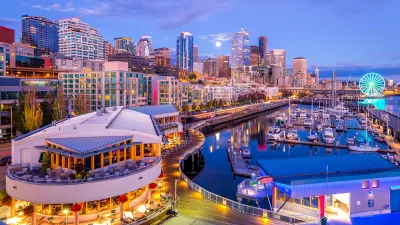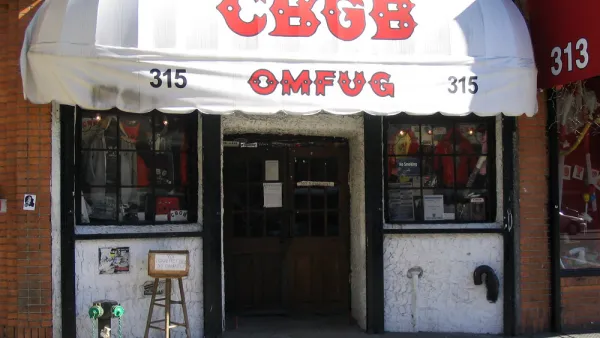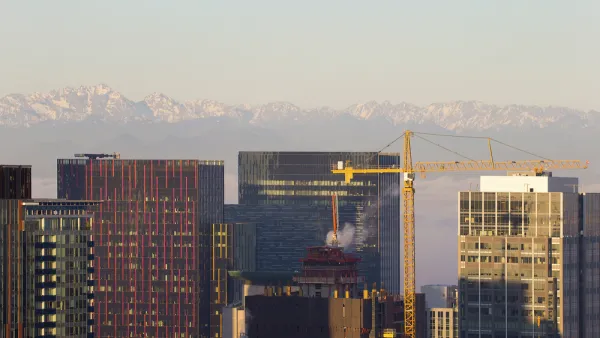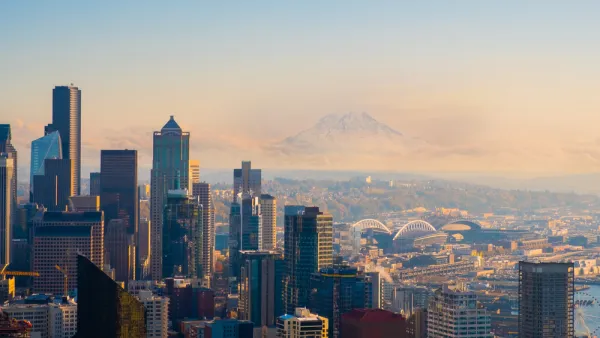In 1851 the City of Seattle could have been a vastly different place if alternative development decisions had been made that took the original inhabitants, nature, and topography into consideration.

Crosscut columnist Knute Berger writes about the development of Seattle from 1851 to the present and how certain development and transportation decisions affected the natural, social, and economic environment.
Berger writes that Seattle "had ambitions to be the new New York, but the retreating ice left us with hills and too little flat land to make a proper port. We needed railroad access, so we filled in the tide flats of what is now SoDo and the Industrial district. We were determined to place grids on a grid-resistant landscape, so we re-graded not just Denny Hill — you know it today as the flats of Belltown, but for years it was simply known as The Regrade....The result, among other things, is a transportation mess that we’ve never built our way out of and aren’t likely to. Think about that when you’re stuck in traffic. Blame the glacier. Blame the founders. Blame the absurdity of their ambition."
Berger suggests that there is something that can be learned from looking back at the development pattern of our urban places. "If those who don’t learn from history are doomed to repeat it, I would posit that those who study the might-have-beens can also learn a great deal too. Re-imaging Seattle’s transformation — the roads not taken (or built) — could be a great tool to think about our future more creatively."
FULL STORY: Rethinking Seattle: What if we could start over?

National Parks Layoffs Will Cause Communities to Lose Billions
Thousands of essential park workers were laid off this week, just before the busy spring break season.

Retro-silient?: America’s First “Eco-burb,” The Woodlands Turns 50
A master-planned community north of Houston offers lessons on green infrastructure and resilient design, but falls short of its founder’s lofty affordability and walkability goals.

Delivering for America Plan Will Downgrade Mail Service in at Least 49.5 Percent of Zip Codes
Republican and Democrat lawmakers criticize the plan for its disproportionate negative impact on rural communities.

Test News Post 1
This is a summary

Test News Headline 46
Test for the image on the front page.

Balancing Bombs and Butterflies: How the National Guard Protects a Rare Species
The National Guard at Fort Indiantown Gap uses GIS technology and land management strategies to balance military training with conservation efforts, ensuring the survival of the rare eastern regal fritillary butterfly.
Urban Design for Planners 1: Software Tools
This six-course series explores essential urban design concepts using open source software and equips planners with the tools they need to participate fully in the urban design process.
Planning for Universal Design
Learn the tools for implementing Universal Design in planning regulations.
EMC Planning Group, Inc.
Planetizen
Planetizen
Mpact (formerly Rail~Volution)
Great Falls Development Authority, Inc.
HUDs Office of Policy Development and Research
NYU Wagner Graduate School of Public Service





























